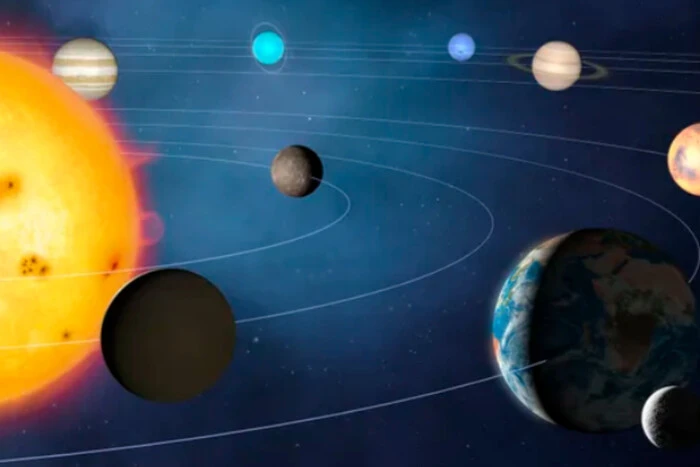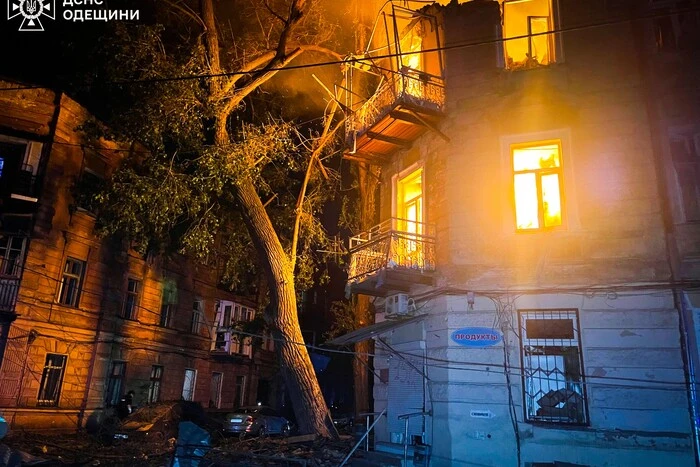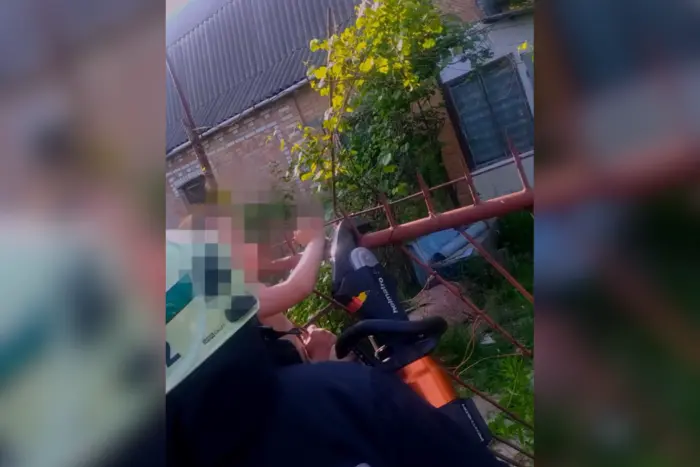Ukrainians will be able to observe a unique phenomenon - the parade of seven planets.


From January 21, Ukrainians will be able to observe a rare astronomical phenomenon - a parade of planets. Mars, Jupiter, Uranus, Venus, Neptune, and Saturn will be visible in the sky at the same Time, and later Mercury will join the parade. This is reported by Live Science.
It is noted that January 21 is a favorable date for observations, as the Moon will rise only around midnight, providing a dark sky for the bright planets. Uranus and Neptune, although not visible to the naked eye, can be discerned with a telescope.
In the western part of the sky, Venus and Saturn will be close to each other while still retaining the effect of their close approach on January 18. In the southern part, Jupiter will shine, while in the east, Mars will be visible. Uranus will be to the right of Jupiter, and Neptune will be directly above Venus. However, a powerful telescope will be needed to see Uranus and Neptune.
The parade of planets will last throughout January and even February, but the best conditions for observations will be in March when Mercury joins the parade. In particular, during the first week of March, a thin crescent Moon will be visible in the sky next to Mercury, Saturn, and Venus.
The parade of planets will conclude on March 12, when Saturn will drop into the Sun's glare. The next 'full parade', when all seven planets will appear together in the night sky, will take place on February 8, 2169.
To observe such a rare phenomenon, Ukrainian astronomers recommend choosing locations far away from urban lighting and with an open horizon to fully enjoy the spectacle.
We remind you that on August 28, a parade of planets could be observed in the sky, as reported by cnet.com. Mercury, Mars, Jupiter, Uranus, Neptune, Saturn, and the Moon lined up in the sky. They will all be on one side of the Sun in a sector likely close to 160 degrees.
Additionally, on January 12, a giant asteroid named Alinda will be visible in the sky - it will pass at its closest point to Earth in the last 100 years. It can be observed using binoculars or a small telescope.
Read also
- Air raid alert due to ballistic threat lasted 24 minutes
- Frontline situation as of June 10. General Staff report
- The police showed the first moments after the drone attack on Odesa
- Ukraine and Russia Conducted a Prisoner Exchange
- In Vinnytsia region, rescuers freed a boy stuck in a metal fence
- The branding 'Glory to Russia' burned on the body of a defender. Ukraine confirmed the authenticity of the photo










